Your cart is currently empty!

ISO 13473:2024
ISO 13473:2024 Characterization of pavement texture by use of surface profiles – Part 4: One third octave band spectral analysis of surface profiles
CDN $273.00
Description
This document describes the methods that are available to perform a spectral analysis of a pavement surface profile. It specifies a method for performing spatial frequency analysis (or texture wavelength analysis) of two-dimensional surface profiles that describe the pavement texture amplitude as a function of the distance along a straight or curved trajectory over the pavement. It also details an alternative (non-preferred) method to obtain these spectra:
a)       constant-percentage bandwidth obtained by digital filtering (normative method);
b)       constant narrow bandwidth frequency analysis by means of discrete Fourier transform (DFT), followed by a transformation of the narrow-band spectrum to an octave- or one-third-octave-band spectrum (informative).
The result of the frequency analysis will be a spatial frequency (or texture wavelength) spectrum in constant-percentage bandwidth bands of octave or one-third-octave bandwidth.
The objective of this document is to standardize the spectral characterization of pavement surface profiles. This objective is pursued by providing a detailed description of the analysis methods and related requirements for those who are involved in pavement characterization but are not familiar with general principles of frequency analysis of random signals. These methods and requirements are generally applicable to all types of random signals; however, they are elaborated in this document for their use in pavement surface profile analysis.
NOTE            The spectral analysis as specified in this document cannot express all characteristics of the surface profile under study. In particular, the effects of asymmetry of the profile, e.g. the difference of certain functional qualities for “positive” and “negative” profiles cannot be expressed by the power spectral density, as it disregards any asymmetry of the signal (see Annex B).
Edition
1
Published Date
2024-04-18
Status
PUBLISHED
Pages
35
Format 
Secure PDF
Secure – PDF details
- Save your file locally or view it via a web viewer
- Viewing permissions are restricted exclusively to the purchaser
- Device limits - 3
- Printing – Enabled only to print (1) copy
See more about our Environmental Commitment
Abstract
This document describes the methods that are available to perform a spectral analysis of a pavement surface profile. It specifies a method for performing spatial frequency analysis (or texture wavelength analysis) of two-dimensional surface profiles that describe the pavement texture amplitude as a function of the distance along a straight or curved trajectory over the pavement. It also details an alternative (non-preferred) method to obtain these spectra:
a)       constant-percentage bandwidth obtained by digital filtering (normative method);
b)       constant narrow bandwidth frequency analysis by means of discrete Fourier transform (DFT), followed by a transformation of the narrow-band spectrum to an octave- or one-third-octave-band spectrum (informative).
The result of the frequency analysis will be a spatial frequency (or texture wavelength) spectrum in constant-percentage bandwidth bands of octave or one-third-octave bandwidth.
The objective of this document is to standardize the spectral characterization of pavement surface profiles. This objective is pursued by providing a detailed description of the analysis methods and related requirements for those who are involved in pavement characterization but are not familiar with general principles of frequency analysis of random signals. These methods and requirements are generally applicable to all types of random signals; however, they are elaborated in this document for their use in pavement surface profile analysis.
NOTE            The spectral analysis as specified in this document cannot express all characteristics of the surface profile under study. In particular, the effects of asymmetry of the profile, e.g. the difference of certain functional qualities for “positive” and “negative” profiles cannot be expressed by the power spectral density, as it disregards any asymmetry of the signal (see Annex B).
Previous Editions
Can’t find what you are looking for?
Please contact us at:
Related Documents
-

ISO 5053:2019 Industrial trucks – Vocabulary – Part 2: Fork arms and attachments
CDN $351.00 Add to cart -

ISO 16520:2025 Tourism and related services – Restaurants and catering – Vocabulary
CDN $173.00 Add to cart -

ISO 80004:2011 Nanotechnologies – Vocabulary – Part 7: Diagnostics and therapeutics for healthcare
CDN $115.00 Add to cart -

ISO 10110:2019 Optics and photonics – Preparation of drawings for optical elements and systems – Part 1: General
CDN $312.00 Add to cart







